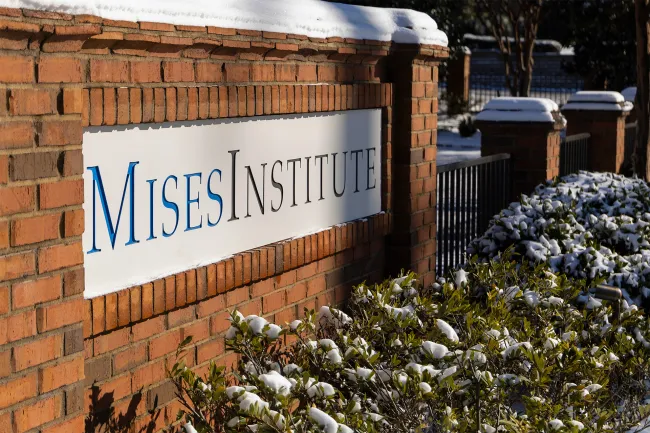The Current US Economic Situation from an Austrian Viewpoint
Forget the New York Times and other publications that cheerlead for the current regime. Austrian economics spells out the consequences for reckless monetary policies, and those consequences are unavoidable.










